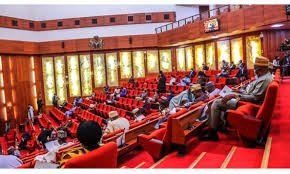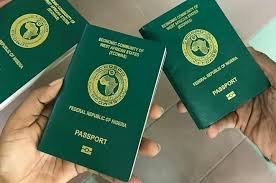The Nigerian naira continued its downward trajectory against the US dollar, closing at N1,667. Hv42 in the official Investor and Exporter (I&E) window yesterday (Wednesday, September 25). This marked a 0.54% depreciation from the previous day’s close of N1,658.48, highlighting the ongoing challenges the currency faces as it remains stuck in the N1,600 range.
Despite these declines, the Central Bank of Nigeria (CBN) is taking measures to stabilize the naira. As part of its intervention strategy, the CBN has allocated an additional $20,000 to each Bureau De Change (BDC) operator at an official exchange rate of N1,590 per dollar in an effort to increase dollar supply and relieve some of the pressure on the naira.
On September 25, the naira officially closed at N1,667.42 per dollar, representing a 0.54% decline from the N1,658.48 rate recorded on September 24. Throughout the trading session, the naira exhibited significant fluctuations, ranging from a high of N1,699 per dollar to a low of N1,600 per dollar before ultimately settling at N1,667.42.
The market turnover in the I&E window saw a sharp drop to $100.47 million, which was a significant 39.60% decline compared to the $166.36 million recorded the previous day. This downward trend in market activity extends back to August, when the total turnover amounted to $3.3 billion, a considerable reduction from July’s figure of $4.34 billion.
In the parallel market, the naira also faced volatility, starting the day at N1,597.98 to the dollar. Throughout the day, the currency fluctuated between a high of N1,674.00 and a low of N1,597.98, before ultimately closing at N1,653.27.
Since July 2024, when the naira first breached the N1,600 mark, the currency has struggled to recover amid significant market volatility. It has been trading within the N1,500 to N1,600 range, with brief moments of strength driven by periods of dollar weakness. However, these moments have not been enough to reverse the broader trend of depreciation.
Year-to-date, the naira has lost approximately 75% of its value against the US dollar, driven by a combination of factors including rising inflation, an increasing demand for foreign exchange, and economic pressures from both domestic and international markets.
On a positive note, there has been a slight improvement in Nigeria’s external reserves, which rose from $36.305 billion at the end of August to $36.730 billion by mid-September. This uptick in reserves could provide some much-needed support to the naira, although it remains to be seen whether these efforts will be sufficient to halt the currency’s prolonged decline.



























